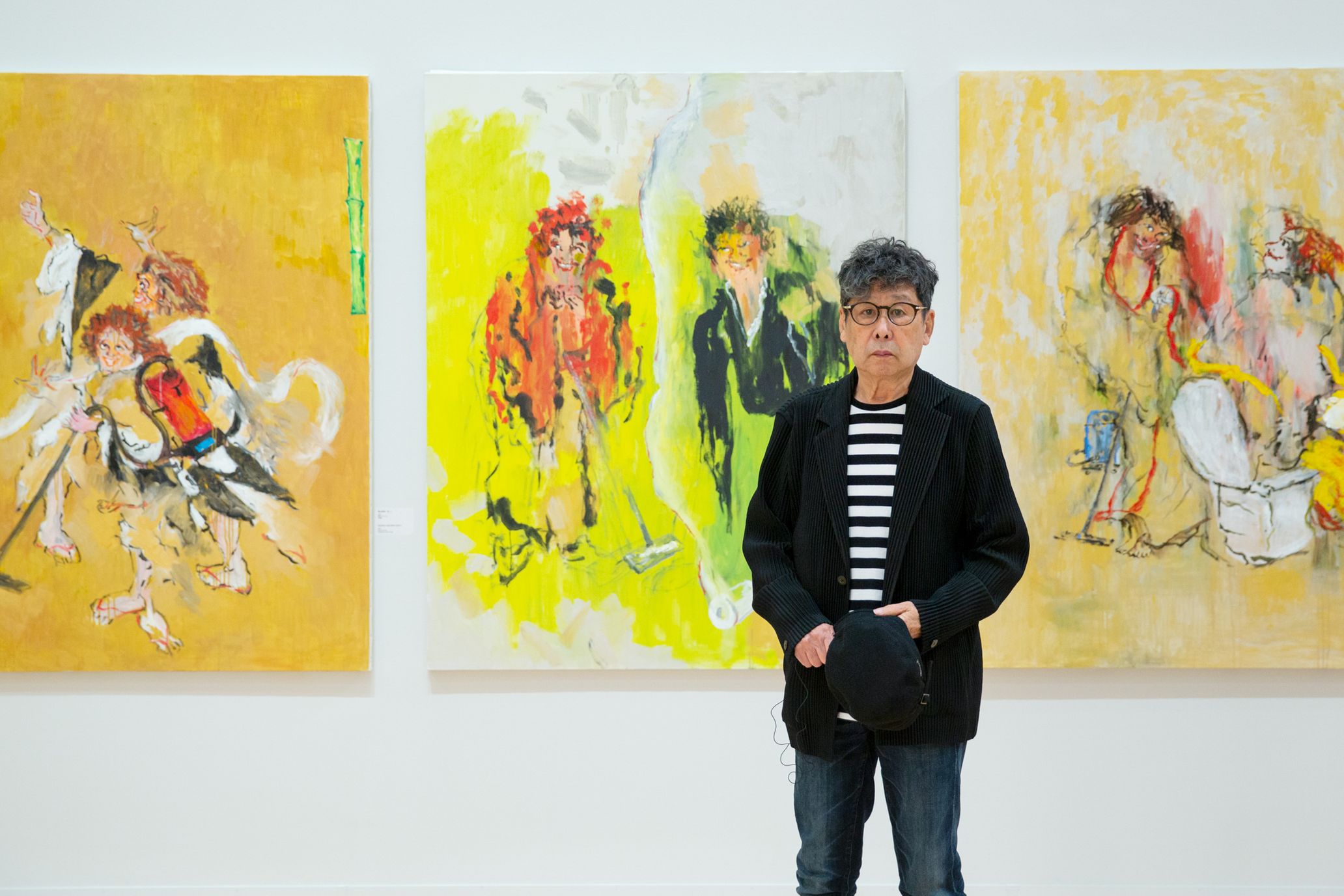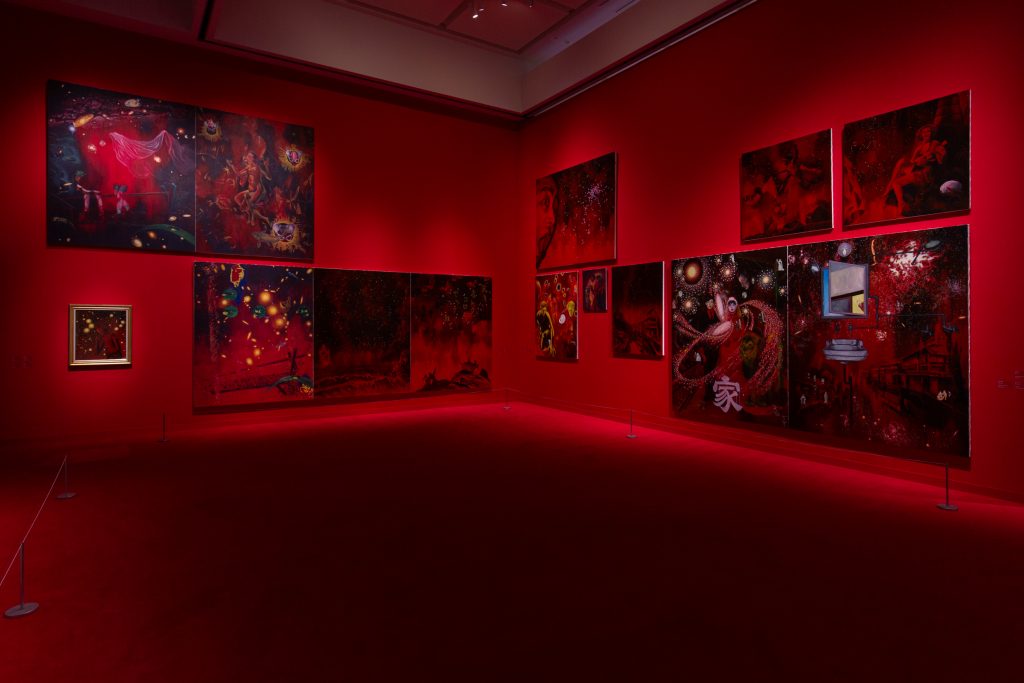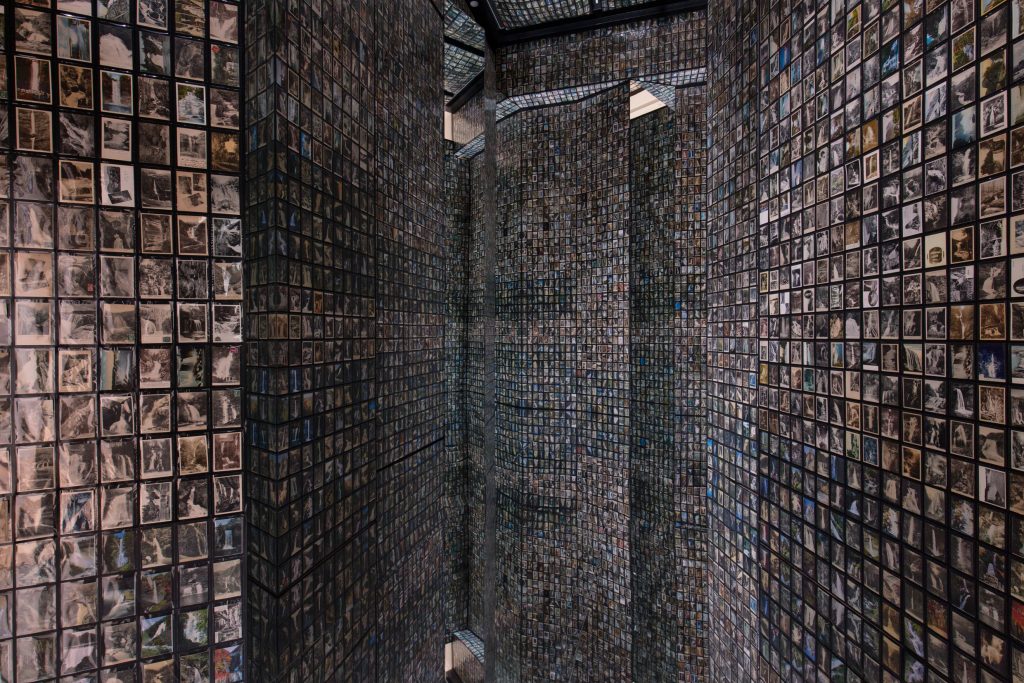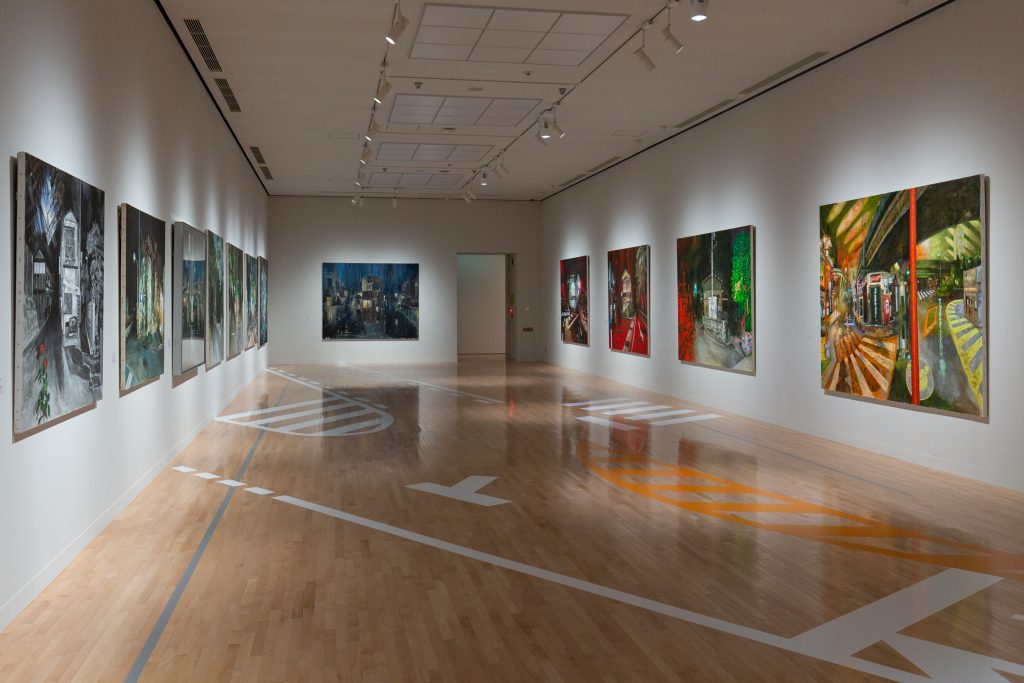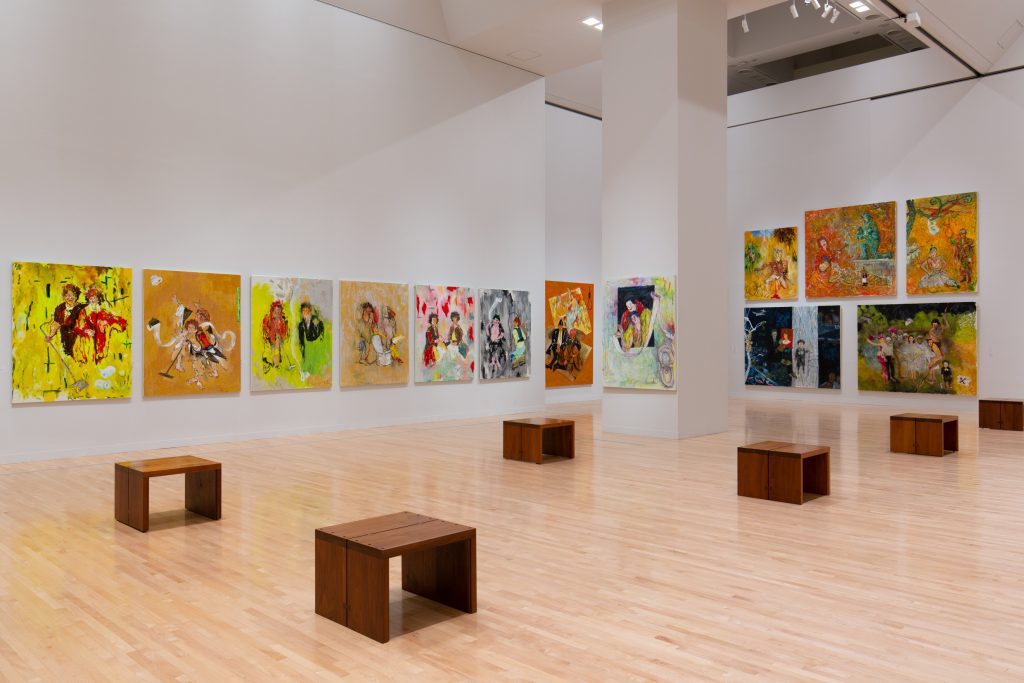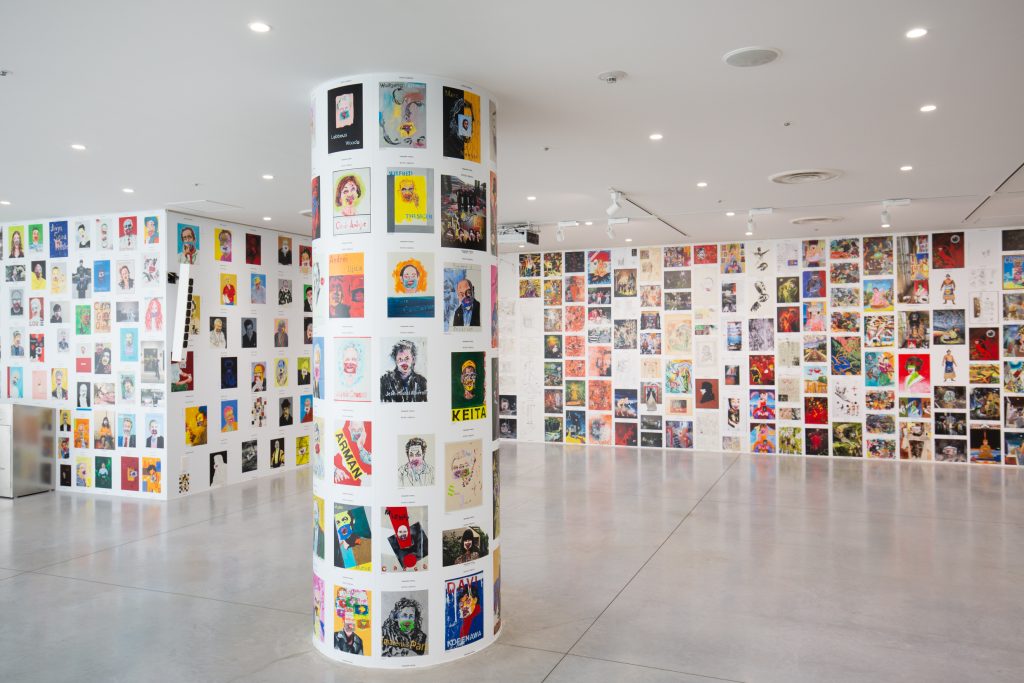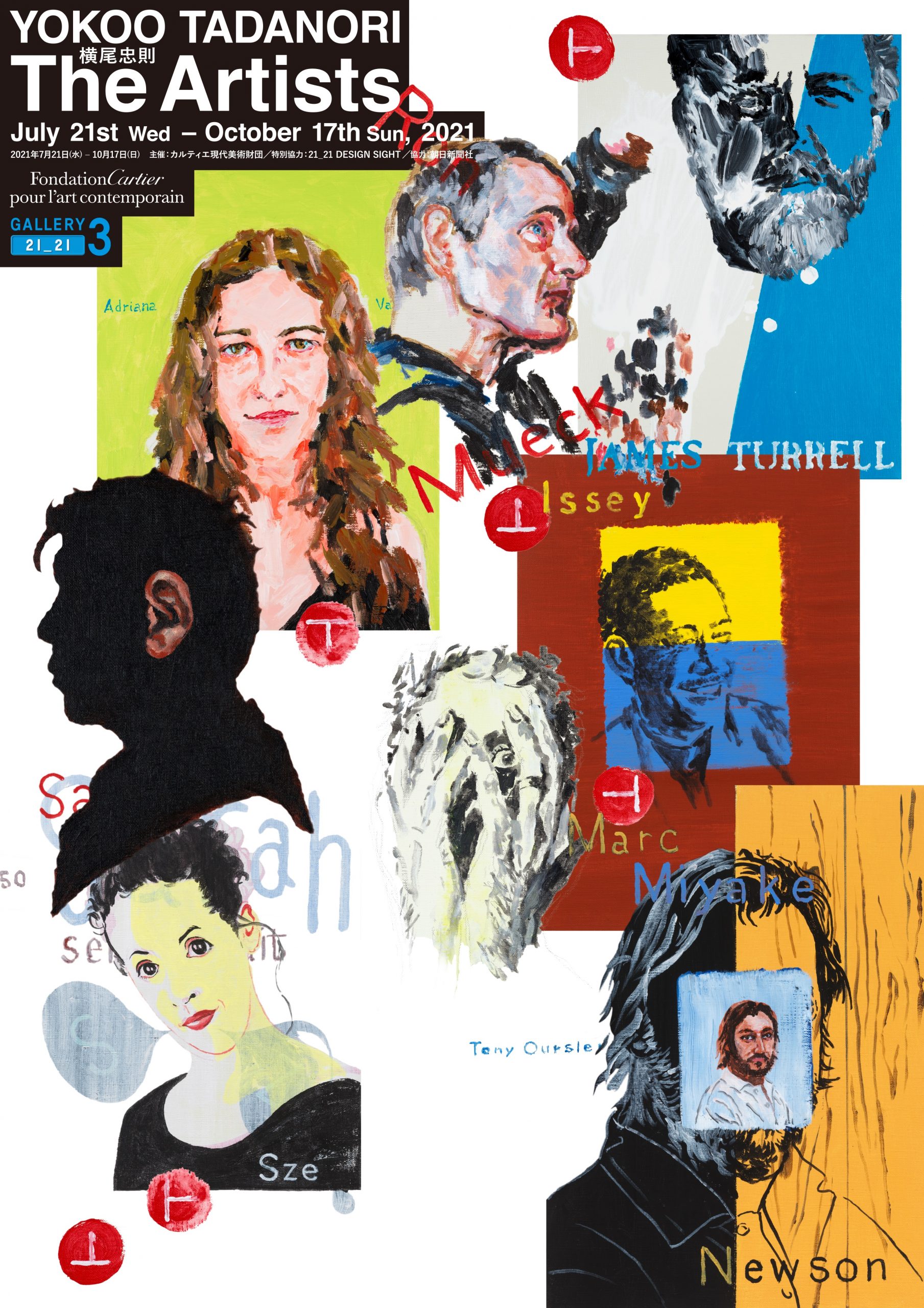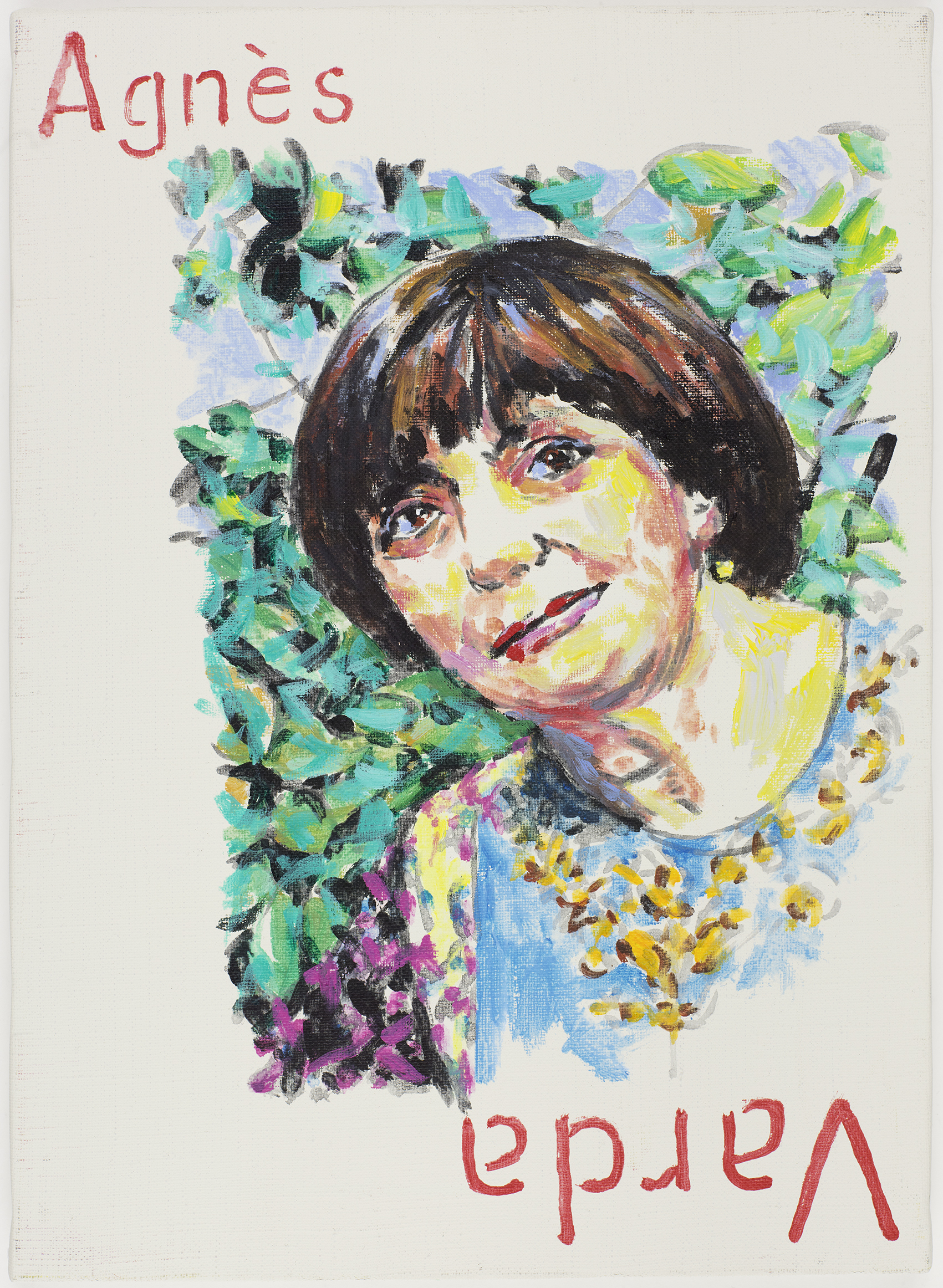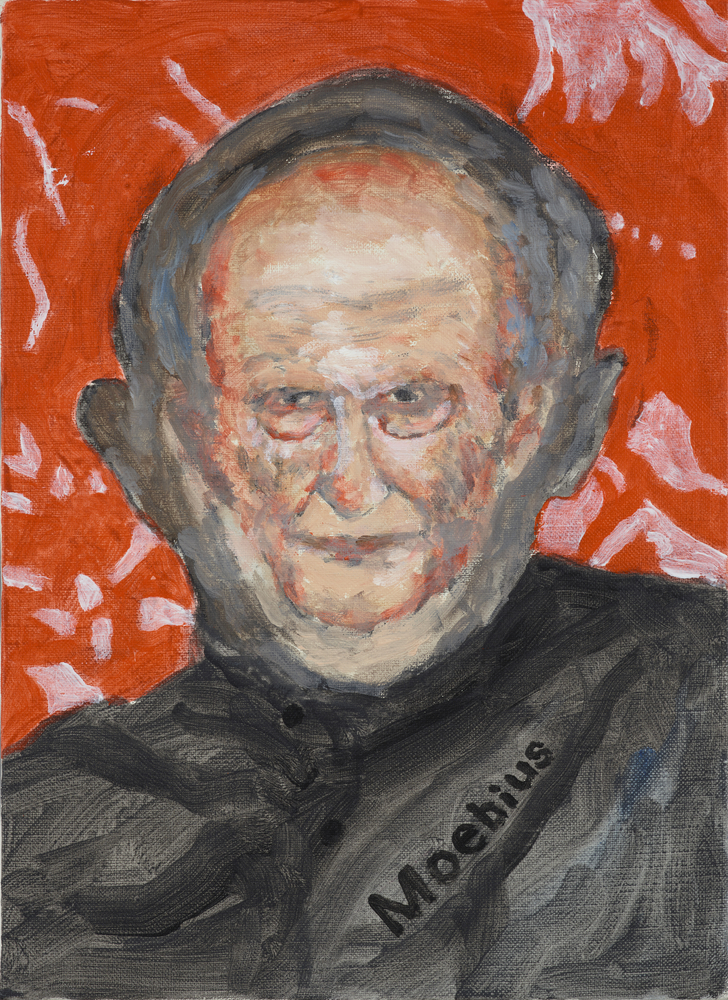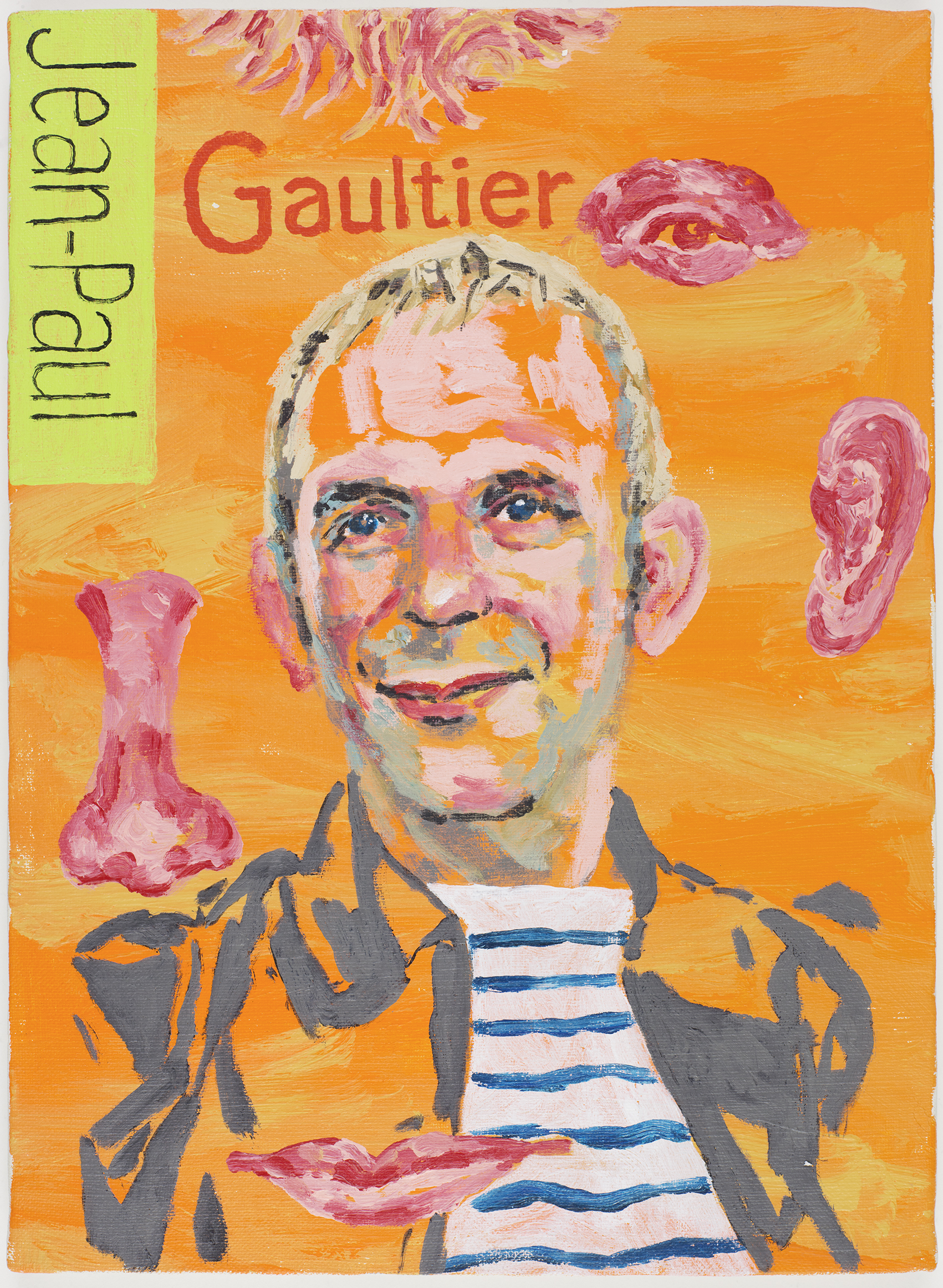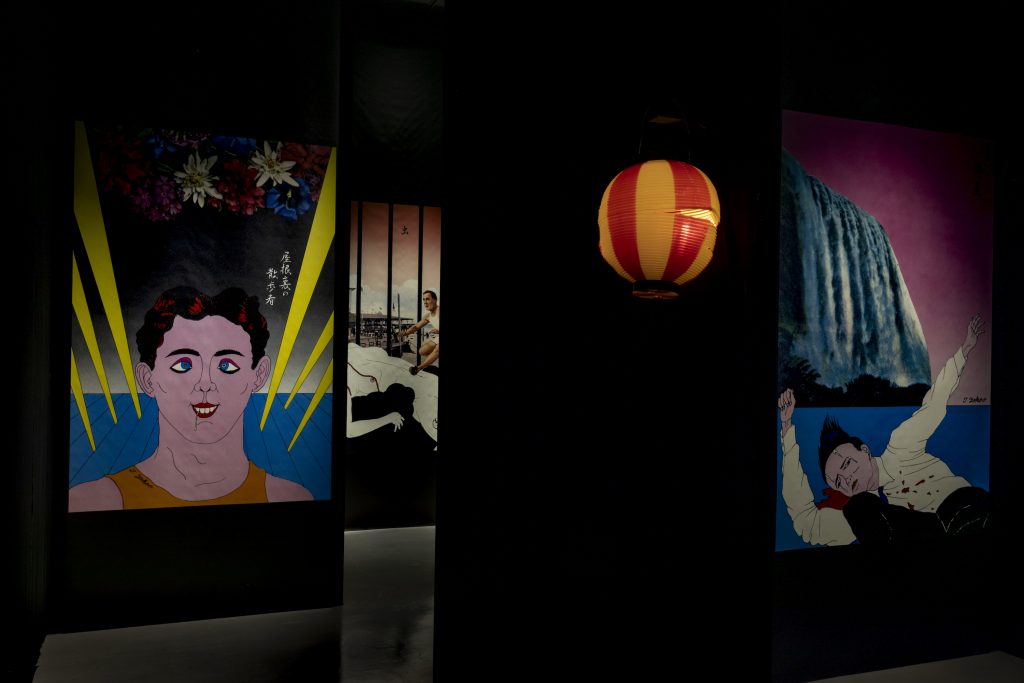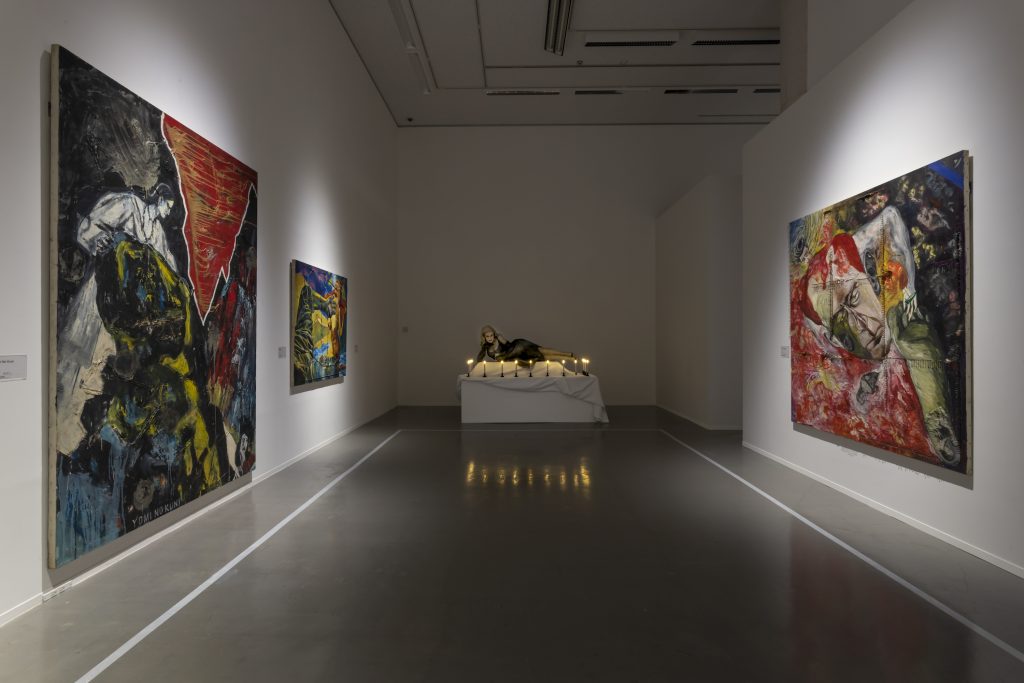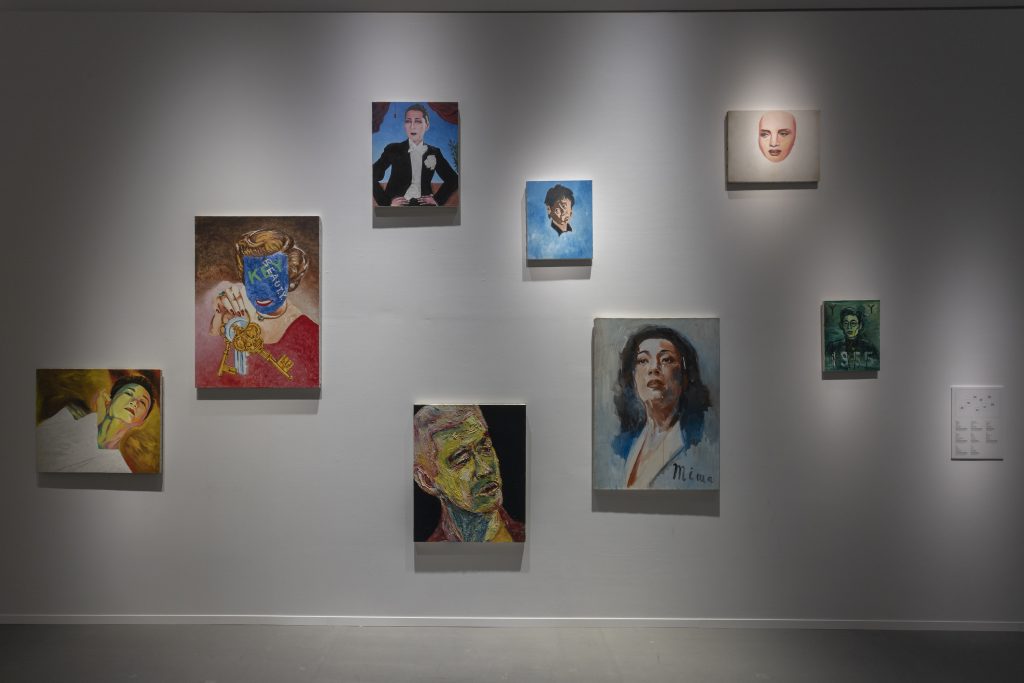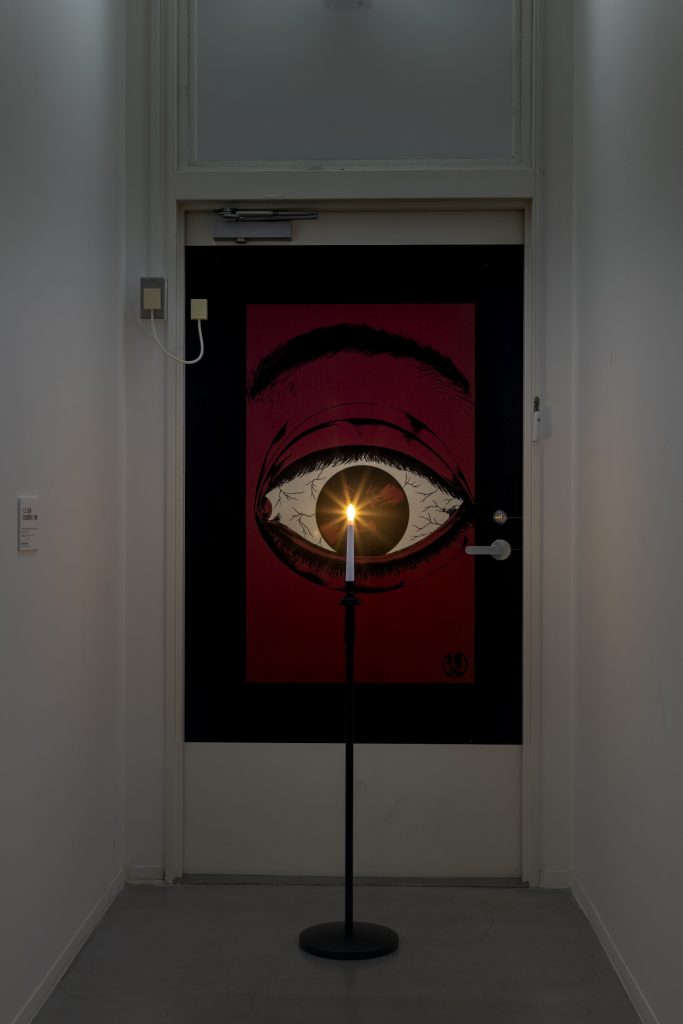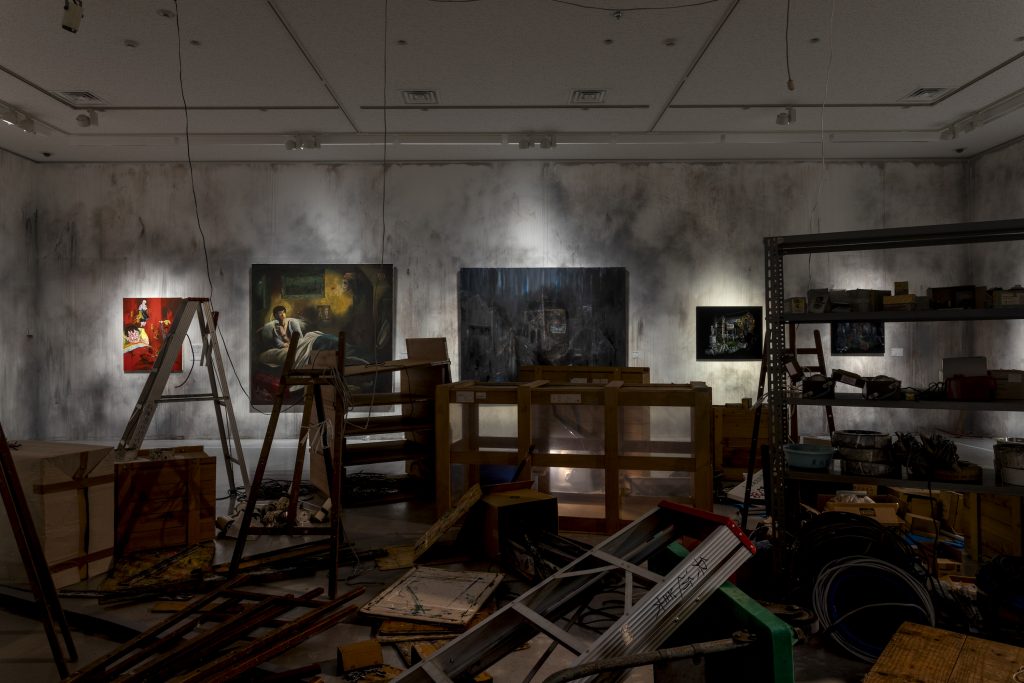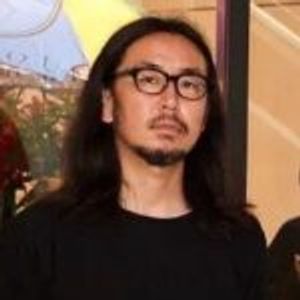Culture can be born out of a specific time and place, and yet, it possesses the ability to become timeless. In this series, “時音” TOKION invites people who are shaping culture today, to talk about the past, present, and future.
This time, we sat in conversation with artist Tadanori Yokoo. He started doing graphic design and illustration in the early 60s; he’s been working as an artist for over 50 years. In Japan during the 60s, many artists created conceptual art. Yokoo’s understanding of color and intricate compositions were unheard of in his time, and his artworks stunned the world. Struck by a retrospective show of Picasso’s work at the MoMA, he stepped down from the world of commercial design in 1981. It’s well-known that Yokoo made a “painter’s declaration” and has since channeled all of his energy into painting.
In more recent news, his largest exhibition to date, GENKYO YOKOO TADANORI, is being held at the Museum of Contemporary Art Tokyo. It did its rounds in Aichi Prefectural Museum of Art, but Yokoo has replaced over half of the art pieces, spanning from works he made in his childhood to ones he drew three weeks before the opening date. The total number of artworks on display is a dizzying 603. The Artists is a series of 139 portraits of artists, philosophers, scientists, and such commissioned by the Cartier Foundation for Contemporary Art, and this is also being shown concurrently with GENKYO YOKOO TADANORI. Yokoo uses the canvas as an experimental playground to communicate the unique qualities and quirks of the characters. Furthermore, Yokoo Tadanori’s Haunted Museum, an exhibition that explores the relationship between art and fear via Yokoo’s artworks, is ongoing at the Yokoo Tadanori Museum of Contemporary Art.
Yokoo’s creations—stemmed from not having various styles, not overthinking, ridding superficial desires, and letting his intuition guide the work—continue to influence people all over the globe. We asked the artist to reflect on his career thus far.
“My art is a rejection of meaning… so I didn’t care what the subject was”
——The theme of GENKYO YOKOO TADANORI is autobiographical. Why did you decide to hold the most extensive exhibition, a culmination of your work, you’ve ever had?
Tadanori Yokoo (Yokoo): It was very autobiographical when I held this at the Aichi Prefectural Museum of Art. However, at MOT (Museum of Contemporary Art Tokyo), I got rid of any autobiographical qualities. I felt like it was impossible to think of a theme because the theme in my work isn’t that important. It’s about how to draw, not what to draw. Moreover, it was necessary to show how I could make the art come alive. Because my artworks at MOT are in chronological order, I was able to convey the change in my style.
——In regards to your paintings and books, I feel like you could interpret the word genkyo as the origin of your images (原郷, read as genkyo), a phantasmagoric, original, and unexpected imagination (幻境, also read as genkyo), and the present state of your artworks when you exhibit them (現況, also read as genkyo). Why did you choose this title?
Yokoo: For me, 原郷 (genkyo) means the origin of my inspiration. I do not need to assert the meaning of 幻境 (genkyo), as it makes you associate it with a negative place and synonym. I should’ve gotten rid of 幻境 from the title. When you line the three words up, it’ll create meaning, as you said. My art is a rejection of meaning. By attaching meaning to it, it becomes ideated.
——I felt like the scale, the volume of the art pieces, and the level of polish were impressive when I saw your exhibition. In a sense, it was an experience that required no language.
Yokoo: It’s just like you said. I wanted to break free from the chains of language, so this exhibition has no particular meaning. If anything, I had to prioritize the expression (style) of the paintings rather than the subject. So I didn’t care what the subject was.
——You published Sosaku No Hiho Nikki as the sequel to The Thousand and One Nights Diary, which you published in 2016. You’ve written in your diary for over 50 years, but do you ever look back on those entries?
Yokoo: I’ve written in my diary since 1970; I write simple notes and purge my thoughts each day. I don’t re-read them. I only do when I proofread them.
——In your diary, you often write about things like a bookstore and a Chinese restaurant in Seijo. You have your studio there too. What kind of place is Seijo for you?
Yokoo: Seijo is the countryside of Tokyo and isn’t affected by the city. Like a crocodile with its eyes above the water, I observe the streets. It’s as though I’m a retired person [with time on his hands]. Also, I dislike moving my body and doing things that are a hassle.
Photography Noriko Yamamoto
“It’s easier to live according to one’s desire, not society’s”
——You’ve been writing in your dream journal since your 20s. I assume it plays an integral role in your work.
Yokoo: Dreams are another version of daily life; the everyday life at nighttime. It’s another reality separated from reality. If anything, everyday life is false, and dreams are real. That’s why dreams don’t lie. Daytime has more lies.
——Did you have any memorable dreams lately?
Yokoo: A dream I just had last week was like the celestial version of Dante’s Divine Comedy. My whole body was sucked into an unbelievably large crowd of angels from the other side of the universe. The angels were bigger than me and very sensual. Then, I changed from a corporeal being to a spirit. I had never seen such a memorable dream before. It happened just recently.
——I feel like that has something to do with the idea of Zen. Why did you study that?
Yokoo: When I went to New York in 1967, an American intellectual asked me many questions about Zen because he was interested in it. I had zero knowledge about it. So, when I returned to Japan, I visited Zen meditation halls in different denominations for a year. That was the beginning. I haven’t read a single book about Zen. Everything is about experiencing things with your body. Rather than religion, I feel like I studied mysticism, science, and something I needn’t pursue any further, in the sense that I detached myself from desires and obsessions and gazed at my true self. Perhaps it’s more accurate to call it philosophy.
©Tadanori Yokoo
——You use a lot of motifs that are divorced from reality and can’t be logically understood, such as Mysterious Genealogy. Do these things appear to you intuitively?
Yokoo: As long as humans are more spiritual than corporeal or mental, all answers are within you. I feel like whatever you have inside will change to something illogical once it’s outside.
——It’s the norm for contemporary artists to solidify their style to raise their marketplace value. Why don’t you have a particular style of your own?
Yokoo: You don’t need a style to be free from ideas. Art should always be free from the result and goal. Meaning, having a style restricts you from fun and pleasure. It’s easier to live according to one’s desire, not society’s. Many artists abide by social desires. To me, that is like living a restrained life.
——It’s been about a year and a half since you posted WITH CORONA on your Twitter and blog. You’ve posted over 700 pieces thus far. Why did you want to start WITH CORONA?
Yokoo: Showing art at museums and galleries was banned because of the covid crisis, so I chose mass media, which continues to multiply. It was one way for my spirit to find refuge.
——What kind of world do you envision after the pandemic?
Yokoo: I don’t know. I don’t think about the future. I can’t picture the future, even if it’s a minute away. The future should be kept as something to have fun with, so it’s not the object of my imagination. “Be here now.” Right now is everything. Setting covid to the side, I don’t believe I’ll become who I think I’ll become. I don’t try to be either.
Tadanori Yokoo
Born in Hyogo prefecture. Tadanori Yokoo was a graphic designer starting from the 60s, but in 1981, he made a “painter’s declaration” and switched to painting. Since then, he has created various works as an artist. In 2012, the Yokoo Tadanori Museum of Contemporary Art (Kobe), where roughly 3,000 art pieces are collected, opened. In the recent past, he’s had solo exhibitions at the Hara Museum (2001),The Museum of Contemporary Art Tokyo (2002), The National Museum of Modern Art, Kyoto (2003), and so on. In August 2020, he held Hyogo Prefectural Yokoo Emergency Hospital at the Yokoo Tadanori Museum of Contemporary Art. In July of 2021, GENKYO YOKOO TADANORI opened at the Museum of Contemporary Art Tokyo, and Yokoo Tadanori: The Artists opened at 21_21 DESIGN SIGHT GALLERY 3. The Yokoo Tadanori Museum of Contemporary Art will be showing Yokoo Tadanori’s Haunted Museum until February 2022.
■GENKYO YOKOO TADANORI
Exhibition period: Until October 17th *The exhibition is scheduled to be shown at Ōita Prefectural Art Museum from December 4th, 2021, to January 23rd, 2022
Venue: Museum of Contemporary Art Tokyo
Address: Miyoshi, Kotoku, Tokyo, 4-1-1
Opening hours: 10 am to 6 pm (Tickets available until 30 minutes before closing)
Closed: Mondays
Admission fee: Adults: 2,000 yen, university/college students and over 65: 1,300 yen, high school/junior high school students: 800 yen, elementary school students and younger: free
Website: https://genkyo-tadanoriyokoo.exhibit.jp/
■Tadanori Yokoo: The Artists
Exhibition period: Until October 17th
Venue: 21_21 DESIGN SIGHT Gallery 3
Address: Akasaka, Minatoku, Tokyo 9-7-6
Opening hours: Weekdays: 11 am to 5 pm, weekends and holidays: 11 am to 6 pm *subject to change
Closed: Tuesdays
Admission fee: Free
Website: http://www.2121designsight.jp/
■Yokoo Tadanori’s Haunted Museum
Exhibition period: February 27th, 2022
Venue: Yokoo Tadanori Museum of Contemporary Art
Address: Haradadōri, Nadaku, Kobe, Hyogo 3-8-30
Opening hours: 10 am to 6 pm (last entry: 5:30 pm)
Closed: Mondays
*If a national holiday is on a Monday, the exhibition will be open, and it’ll be closed the following day
*Closed during New Year (December 31st to January 1st)
Admission fee: Adults: 700 yen (550 yen), university students: 550 yen (400 yen), 70 and over: 350 yen (250 yen), high school students and younger: free
*Reserved tickets are prioritized. Please go to the Yokoo Tadanori Museum of Contemporary Art website for more information.
*Groups of over 20 people will have a discount of ( ).
*Those with disabilities will have a 75% discount for every exhibition (doesn’t apply to those over 70); one caregiver will be admitted for free
*Those who wish to get the discount must present documentation of proof and buy the tickets at the door (disabled people could also use Mirairo ID, a passbook for disabled people)
Website: https://ytmoca.jp/
Translation Lena Grace Suda

